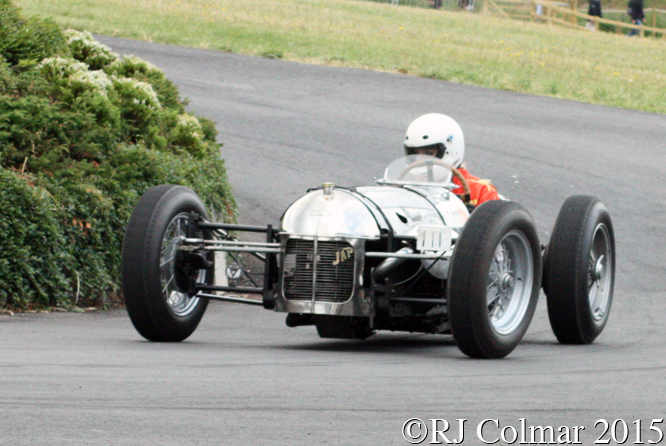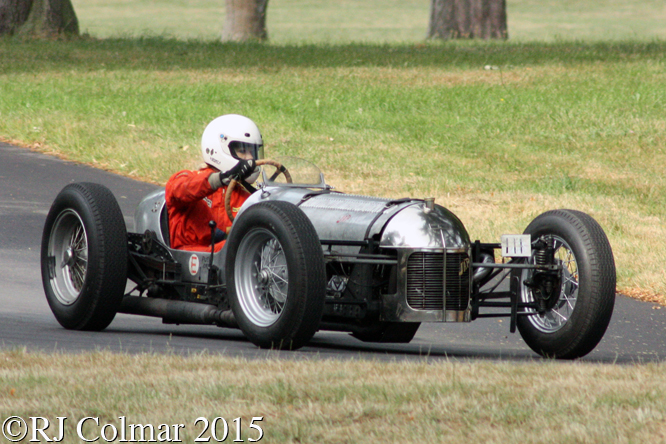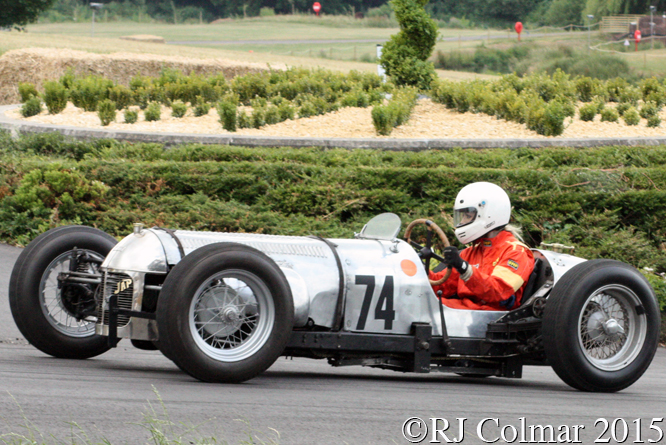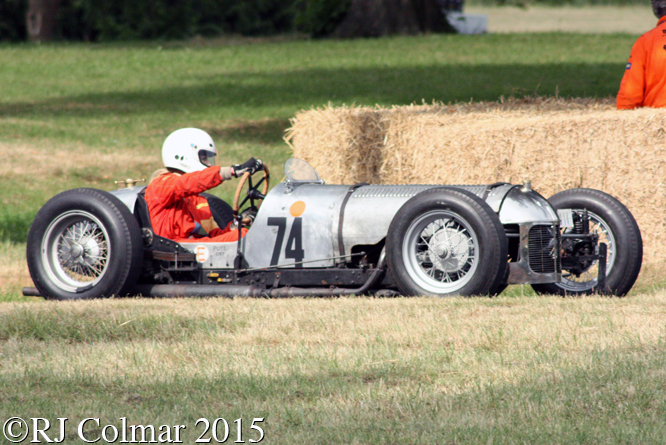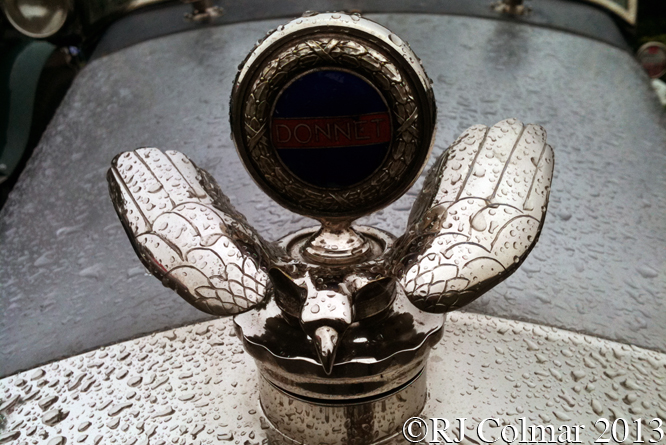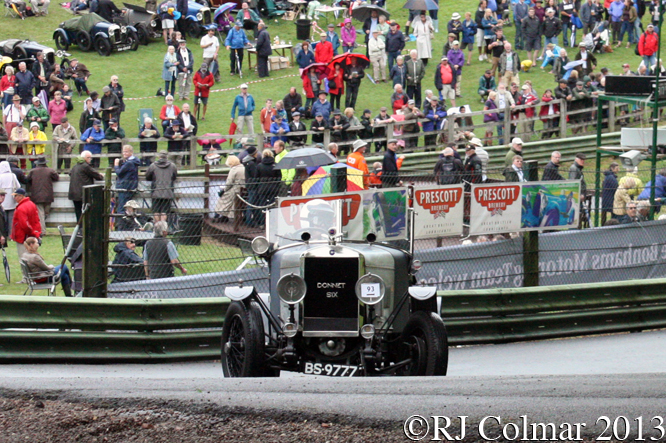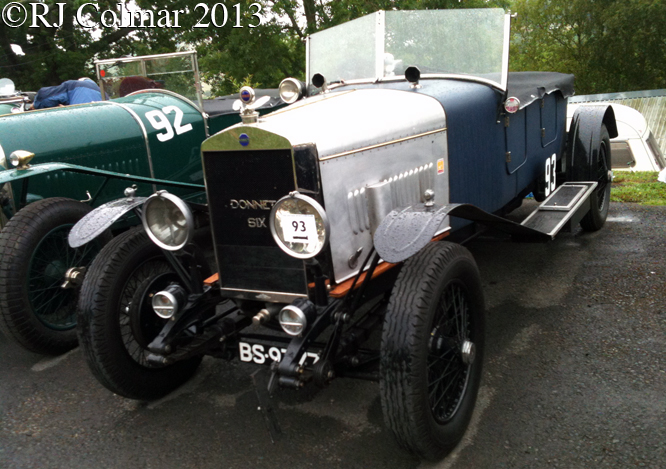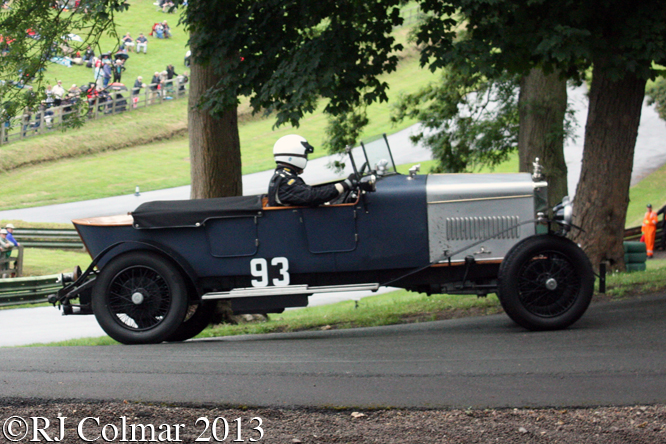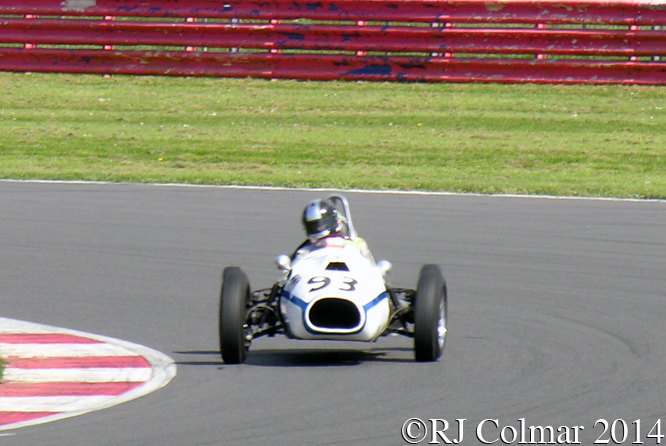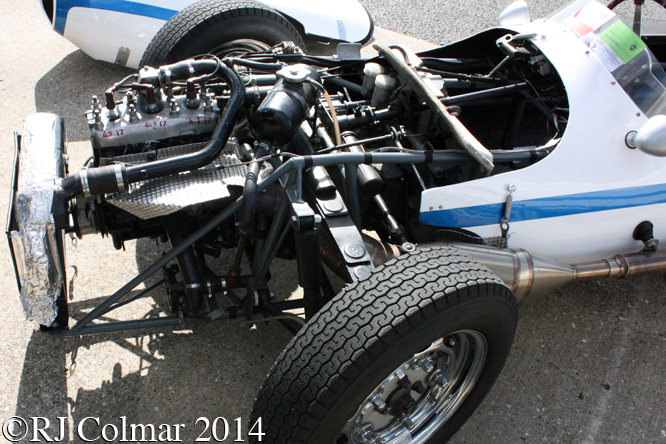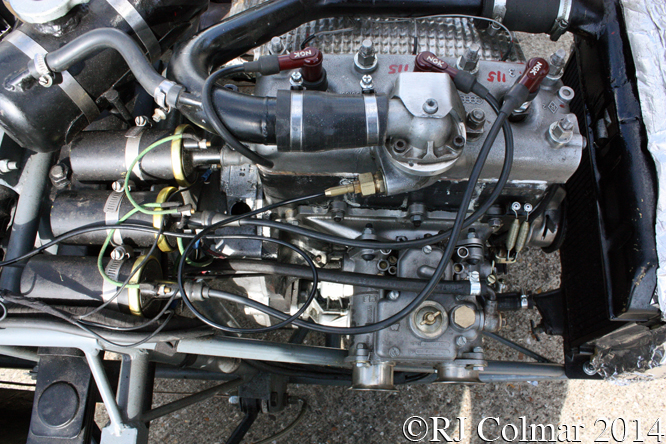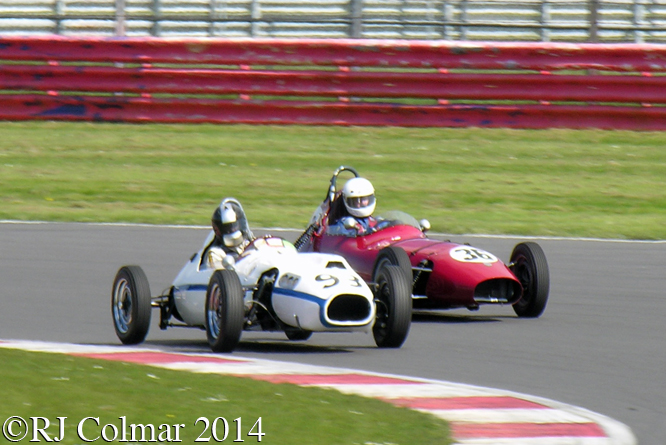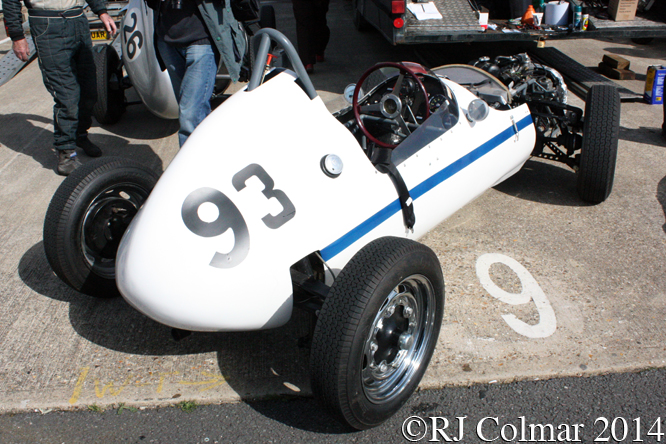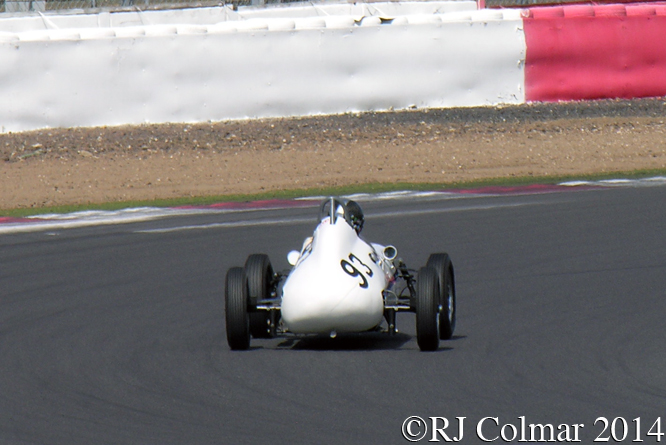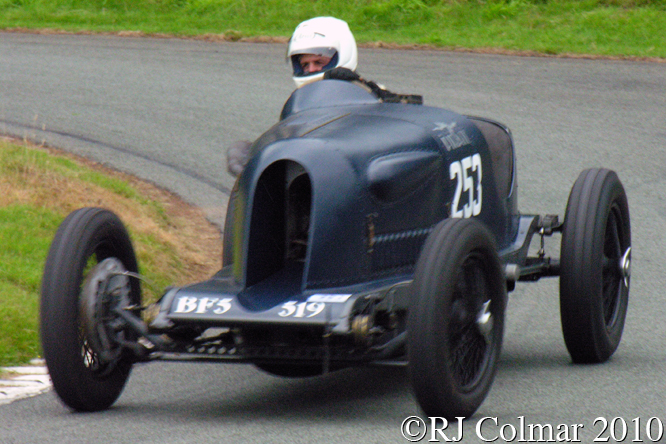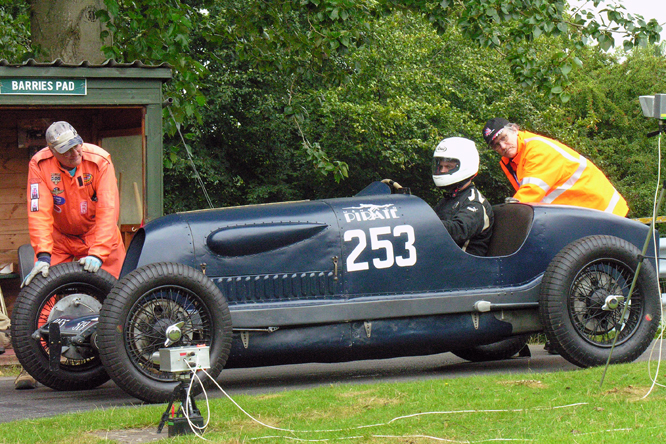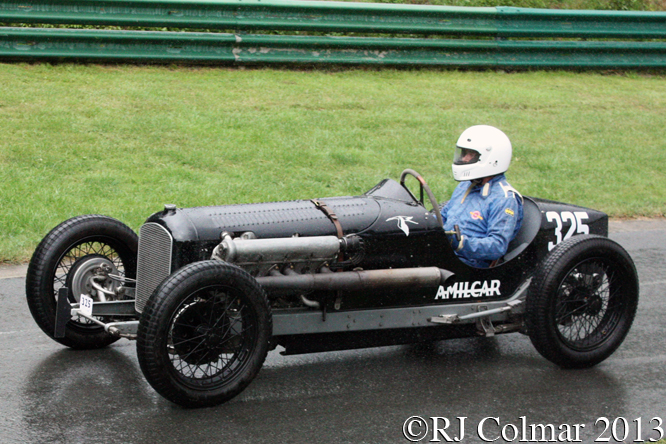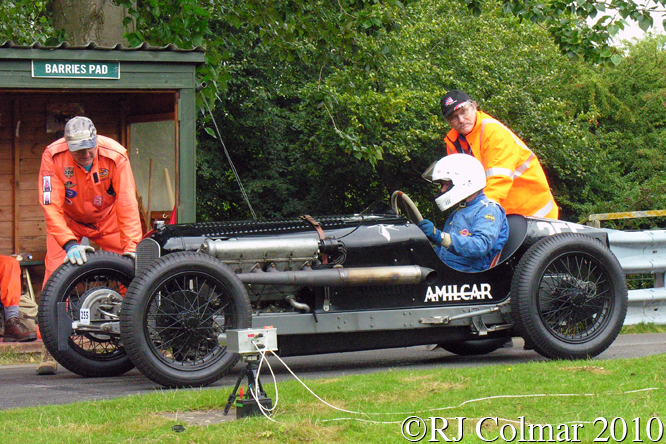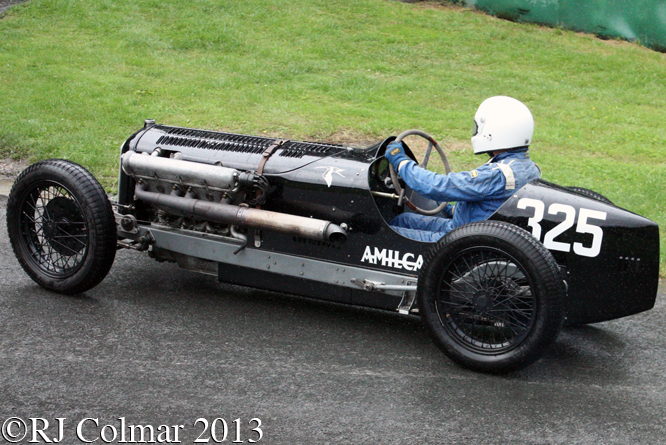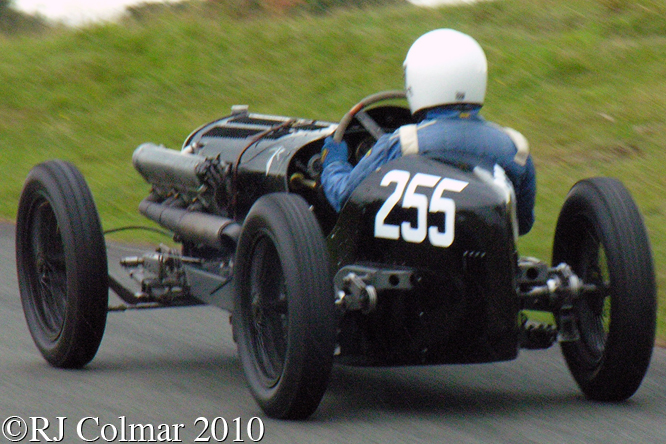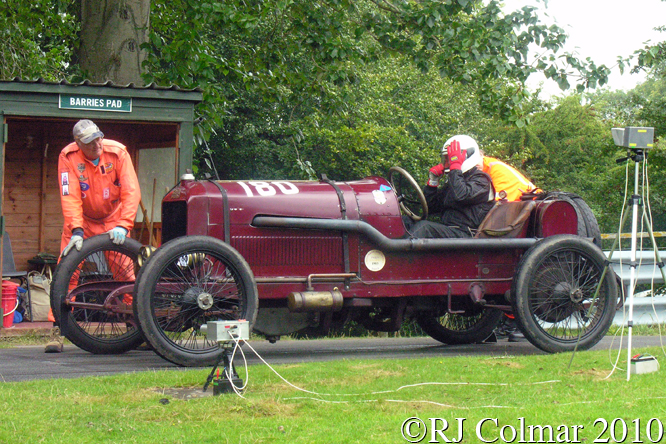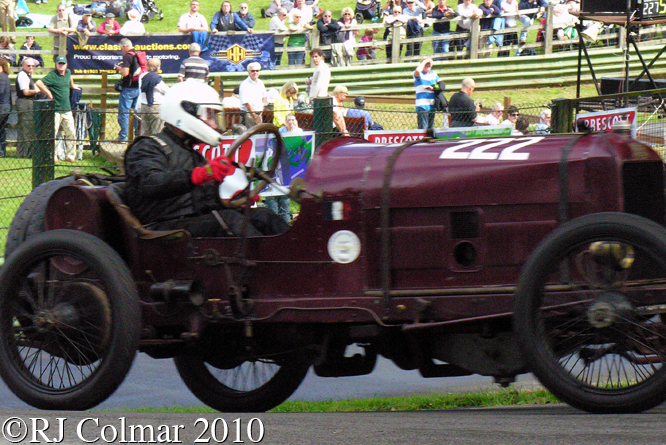Confusingly in 1913 there was a French Grand Prix run at Amiens where Mercedes were absent and a Grand Prix de France run at Le Mans where the Mercedes cars finished in 3rd, 4th, 6th and 7th places.
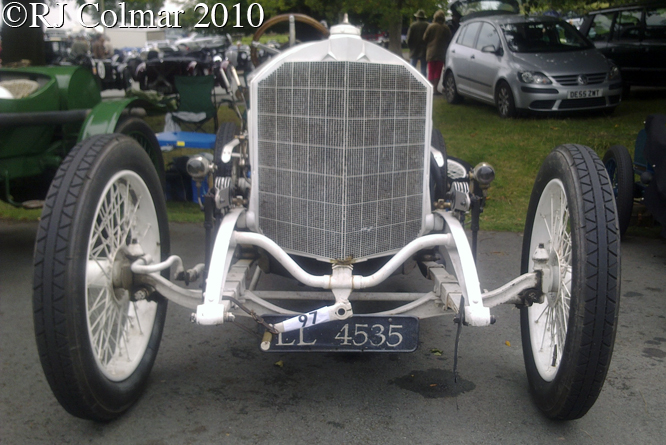
To the best of my knowledge today’s featured car listed in event programmes as a Daimler Mercedes Rennwagen GP was not one of the 1913 Grand Prix de France team cars.
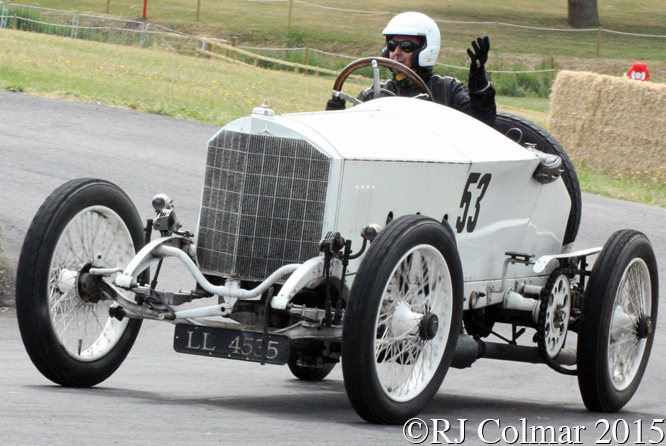
David Biggins’s car is shown in the same programmes to have been built in 1913 and I believe the 7,247 cc / 442 cui motor dates from 1914.
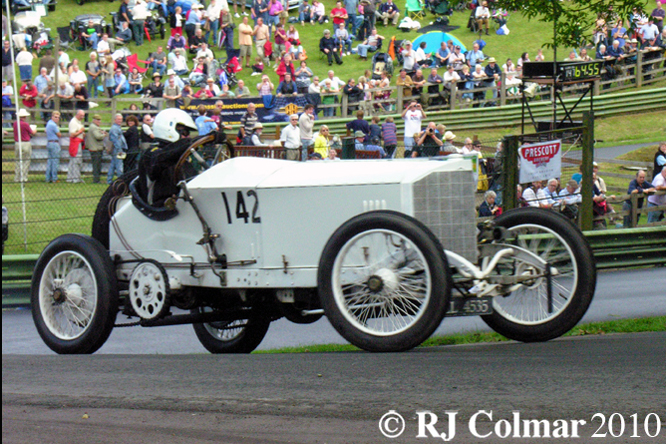
The six cylinder DF80 was originally designed for aircraft applications, but Paul Daimler had the idea of turning the engine back to front and installing it in the 28/95 model first seen in 1914.
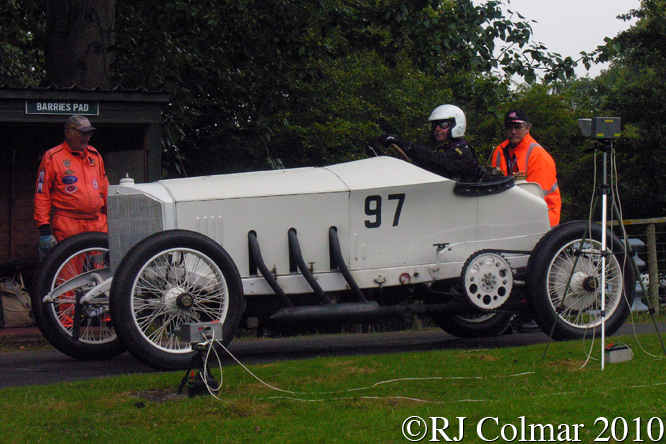
After the 1914-18 hostilities Max Sailer won the 1921 Targa Florio with a 28/95 a model which remained in production until 1924.
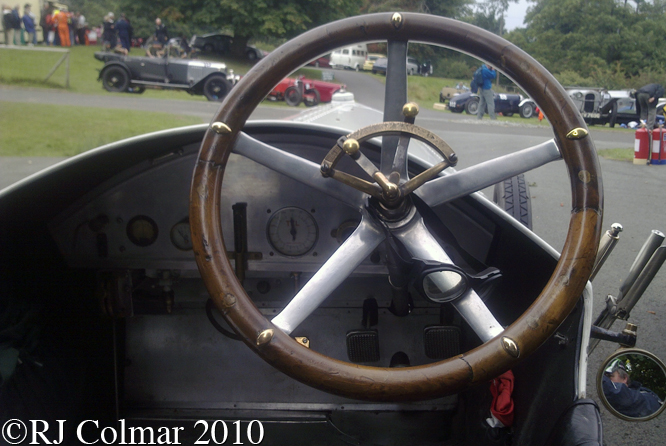
If one enters the registration number LL4535 into this linked website one discovers that the car is officially registered a Mercedes 20.1.
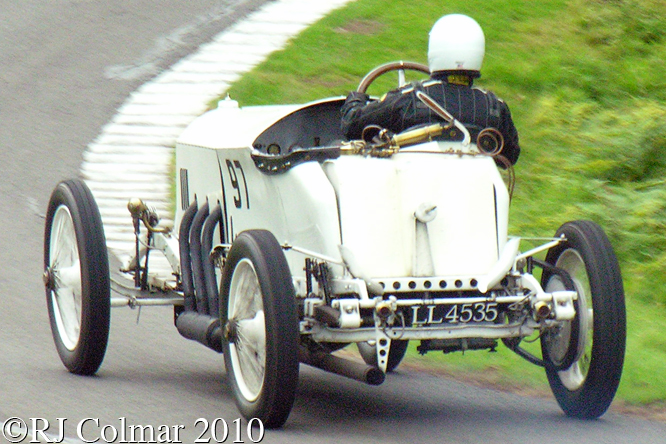
Using the registration number and Mercedes 20.1 manufacturer name one discovers from the DVLA Vehicle Check site that the car or some part there of was first registered in the UK on 19th January 1921.
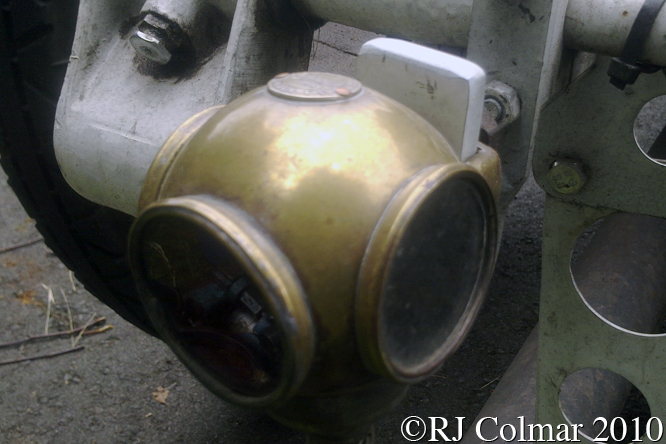
The detail shots of this car were taken at Loton Park while the most recent shot with David Biggins at the wheel was taken at Chateau Impney with the remainder taken at Prescott.
Thanks for joining me on this “Aero Engined Rennwagen” edition of “Gettin’ a li’l psycho on tyres” I hope you will join me again tomorrow when I’ll be looking at a mid range Citroën. Don’t forget to come back now !


